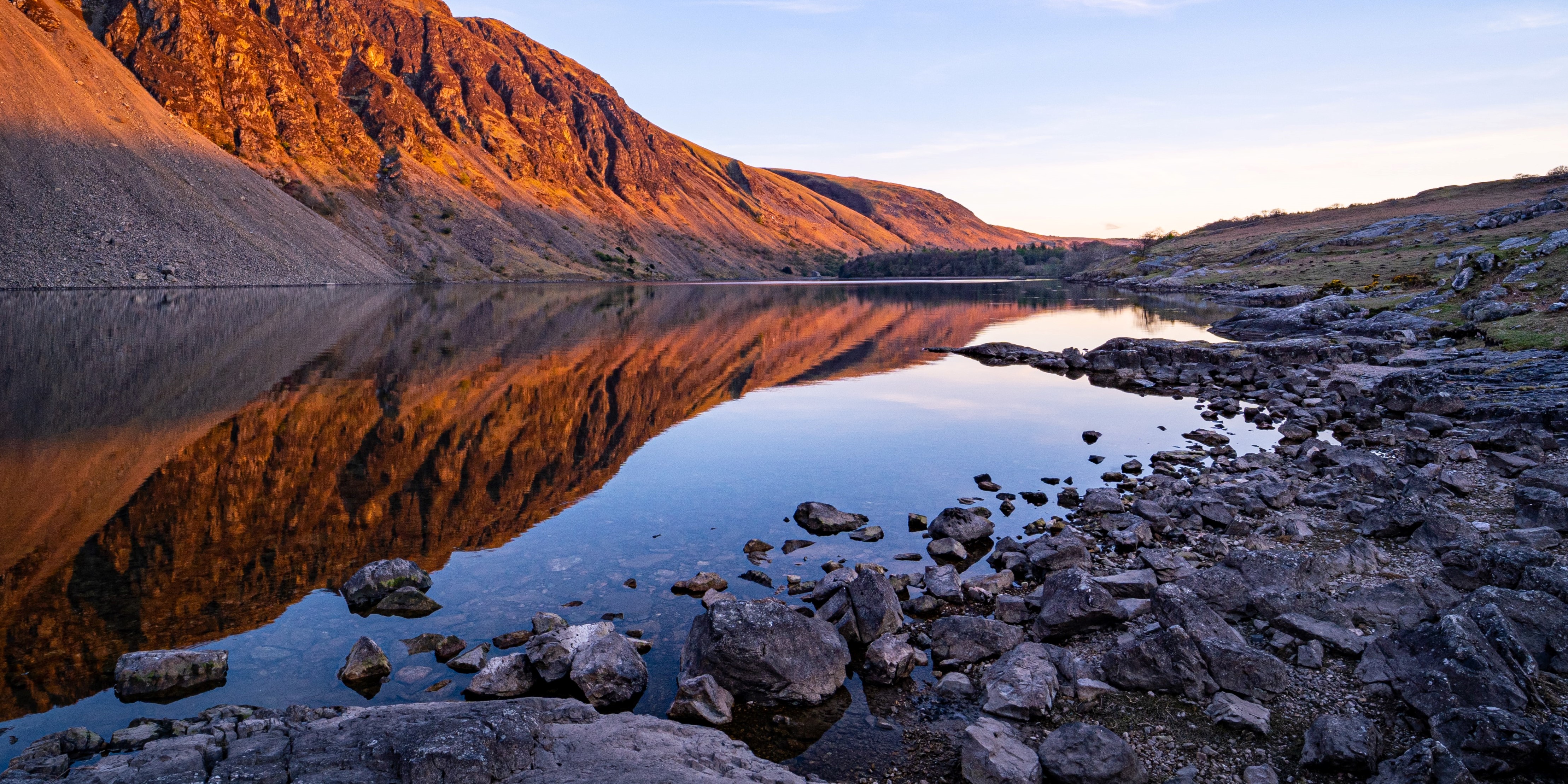Trickling Tragedy: The Crisis of Climate Change and Clean Water

Irtiqa Billoo, APHSCI Diploma candidate, Western University
December 21, 2021
"Water is life. We are the people who live by the water. Pray by these waters. Travel by the waters. Eat and drink from these waters. We are related to those who live in the water. To poison the waters is to show disrespect for creation. To honor and protect the waters is our responsibility as people of the land."
- Winona LaDuke, Indigenous activist
When you think of the words "climate change," what do you picture first? Forest fires? Melting polar ice caps?
What about water?
Water is a precious resource, and it is impacted immensely by the effects of climate change. It may not be obvious at first, past the melting of ice, but the warning signs have been visible for years. Climate change affects everything from the salt content in oceans to the water cycle itself (Fecht, 2019).
In 2015, the United Nations developed a set of Sustainable Development Goals, or SDGs. Intending to reach them by 2030, these goals strive towards safer living conditions for people worldwide. One of these SDGs is to ensure access to sanitation and clean water worldwide (United Nations, 2015).
This is going to be a challenging goal to meet if current climate trends continue. Record-shattering temperatures coupled with the preexisting sparseness of clean water in developing countries means that clean water is needed now, more than ever before. Certainly, this leads to disease, illness, starvation, and death, but water scarcity also brews conflict, as fighting occurs over the decreasing water supply.
Weather patterns shift, resulting in larger and more frequent severe weather events. This means fiercer hurricanes and longer bouts of flooding, but also extended droughts (Unicef, 2021). As temperatures continue to increase, so do dry conditions around the world. The earth is drying up, making it more difficult to live and farm in many parts of the world.
Like several other health issues, the water predicament especially affects vulnerable populations.
In locations with little water security, these consequences can be detrimental and deadly. Droughts and flooding are catastrophic, and water sources are often contaminated. Children in developing countries die daily as a result of contaminated water. Droughts adversely affect crops, leading to food shortages in poor countries, disrupting their economy and resulting in famine, violence, and malnutrition (Levy & Patz, 2015).
While droughts can dry out springs and crops, floods can tear down homes and disrupt sanitation systems. Developing countries lack the resources and organization to improve water security, and contamination can occur. These weather events set off chain reactions. By limiting the clean water available to households, children and other vulnerable groups are left more susceptible to disease.
As the effects of climate change increase worldwide, the lack of health equity and safe living conditions only grow more stark. Countries such as India are experiencing some of the hottest temperatures they've felt in decades, and that humidity directly leads to droughts and starvation, followed by massive rainfalls and flooding (Water Docs, 2018). Homes are destroyed, and the dirty water causes children to become sick and even die. It is only going to get worse.
As such, water pollution is arguably one of the largest players in the worldwide crisis that is climate change. Focusing on improving access to clean drinking water and sanitation would lower the rates of death, disease, and starvation, and should be brought to the attention of governments worldwide as a worthy investment (Campbell-Lendrum, 2007).
Though such a challenge is daunting, we can work to make a difference. Governments should be pressed to better regulate water usage and improve the relevant infrastructure. Countries should be encouraged to and aided with improving water security and sanitation systems so that contamination is prevented and water is distributed fairly to the entire population. Most importantly, raising awareness and educating others about how climate change alters weather patterns and water access for vulnerable groups can be a step towards big changes. The science behind climate change can be confusing, but looking to these real-world situations can help to educate anyone about the startling urgency of this matter.
After all, water is life, and we cannot achieve global health equity without ensuring that everyone has safe access to clean water. It is our responsibility to work to maintain the resources we have and ensure that they are protected and fairly distributed.
References
Campbell-Lendrum, D. (2007). Global climate change: implications for international public health policy. Bulletin of the World Health Organization, 85(3), 235–237. https://doi.org/10.2471/blt.06.039503
Fecht, S. (2019, September 23). How Climate Change Impacts Our Water. State of the Planet. https://news.climate.columbia.edu/2019/09/23/climate-change-impacts-water/
Levy, B.S. and Patz, J.A., 2015. Climate Change, Human Rights, and Social Justice. Annals of Global Health, 81(3), pp.310–322. DOI: http://doi.org/10.1016/j.aogh.2015.08.008
Unicef. (2021, March 18). Water and the global climate crisis: 10 things you should know. Www.unicef.org; UNICEF. https://www.unicef.org/stories/water-and-climate-change-10-things-you-should-know
United Nations. (2015). The 17 Goals. United Nations. https://sdgs.un.org/goals
Water Docs. (2018, September 20). Water Docs. Water Docs. https://www.waterdocs.ca/water-talk/2018/9/19/5-ways-climate-change-impacts-water
Photo by Jonny Gios on Unsplash
